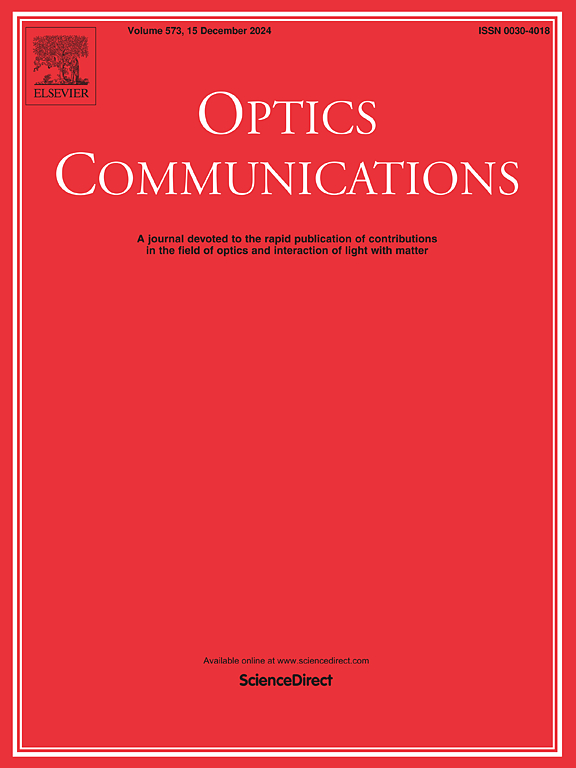Mitigation of interference fading in coherent Φ-OTDR utilizing positive and negative frequency bands with intradyne detection
IF 2.2
3区 物理与天体物理
Q2 OPTICS
引用次数: 0
Abstract
The performance of the phase-sensitive optical time-domain reflectometry (Φ-OTDR) system can be significantly enhanced by detecting larger bandwidth of Rayleigh backscattered signal. However, the detection bandwidth is often constrained by the limitations of electronic components when only single-sideband probe signal is used. To address these challenges, we proposed to use intradyne detection that combines positive and negative frequency bands to eliminate the interference fading and improve the signal-to-noise ratio (SNR) of the recovered disturbance signal. In this study, we employ a Mach-Zehnder modulator (MZM) to generate double-sideband probe signal and intradyne detection to double the available bandwidth of the Φ-OTDR system. By combining the positive and negative frequency bands, we experimentally demonstrate that the interference fading can be effectively mitigated at a sampling rate of 250 MSa/s after intradyne detection. The strain sensitivities of 47.5 is achieved in 5 km fiber length with 2.5 m spatial resolution.
求助全文
约1分钟内获得全文
求助全文
来源期刊

Optics Communications
物理-光学
CiteScore
5.10
自引率
8.30%
发文量
681
审稿时长
38 days
期刊介绍:
Optics Communications invites original and timely contributions containing new results in various fields of optics and photonics. The journal considers theoretical and experimental research in areas ranging from the fundamental properties of light to technological applications. Topics covered include classical and quantum optics, optical physics and light-matter interactions, lasers, imaging, guided-wave optics and optical information processing. Manuscripts should offer clear evidence of novelty and significance. Papers concentrating on mathematical and computational issues, with limited connection to optics, are not suitable for publication in the Journal. Similarly, small technical advances, or papers concerned only with engineering applications or issues of materials science fall outside the journal scope.
 求助内容:
求助内容: 应助结果提醒方式:
应助结果提醒方式:


